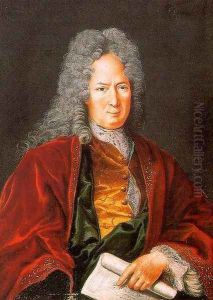Samuel Kiss Paintings
Samuel Kiss was a distinctive figure in 20th-century Hungarian art, known for his unique approach to painting and his ability to capture the essence of his subjects with a profound depth of emotion and color. Born in 1921 in a small Hungarian town, Kiss grew up in a country deeply affected by political upheavals and war. Despite the tumultuous times, or perhaps because of them, Kiss developed a keen sensitivity to the world around him, which would later become evident in his artwork.
From a young age, Kiss demonstrated a natural talent for drawing and painting. Recognizing his potential, his family encouraged him to pursue formal education in the arts. He attended the Hungarian University of Fine Arts in Budapest, where he was influenced by the works of the Old Masters as well as contemporary movements. His style, however, remained distinctly his own, characterized by a blend of realism and expressionism, with a strong emphasis on the human condition.
Throughout the 1940s and 1950s, Kiss's work began to gain attention. His paintings often depicted scenes from everyday life, imbued with a sense of emotional intensity and a deep understanding of his subjects. He explored themes of love, despair, and human resilience, making his work resonate with a wide audience. His ability to capture the nuances of human emotion made his paintings profoundly impactful.
Kiss's contributions to Hungarian art were recognized with numerous awards and accolades throughout his career. Despite this, he remained humble and dedicated to his craft, continually experimenting with techniques and themes. In the latter part of his career, he became interested in landscape painting, applying his signature style to capture the beauty and majesty of the Hungarian countryside.
Samuel Kiss passed away in 2006, leaving behind a legacy that continues to influence and inspire. His works are held in several prestigious collections and museums across Hungary and internationally. Kiss's dedication to exploring the depth of human emotion and the beauty of the natural world made him a pivotal figure in Hungarian art, celebrated for his unique vision and unparalleled skill.

